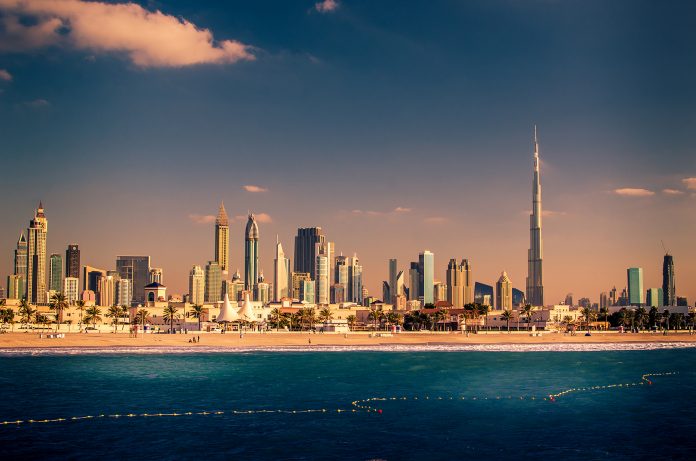
• New analysis on outlook for UAE and global economies released during recent business seminar at Dubai Chamber
• MENA region accounts for the largest share of Dubai’s exports (41%), followed by “Emerging Asia” with 26%, and Sub-Sahara Africa (18%)
The UAE economy is forecast to achieve an average real GDP growth rate of 3.8% between 2019 and 2023, supported by an increase in investment flows and private consumption, according to new analysis from Dubai Chamber of Commerce and Industry.
Key drivers of UAE economic growth
The findings of the analysis, based on the Dubai Chamber UAE Macroeconomic Model, were revealed during a business seminar recently hosted by Dubai Chamber which examined economic growth projections for the UAE and global economies, Dubai’s top export markets, and the most attractive export opportunities for Dubai traders.
The analysis identified other key factors that are expected to drive activity in the UAE economy, including expansionary fiscal policy and a growing number of infrastructure and construction investments in the run up to Expo 2020 Dubai.
A recovery in private consumption and sales of highly cyclical consumer products is expected, extending to products such as vehicles, furniture, household appliances, and medical equipment. Meanwhile, robust growth in investment is projected on the back of government fiscal stimulus.
Real GDP for the UAE’s non-oil sector is projected grow by an average of 4.1% between 2019-2023, compared to the 2.8% accounted for in the 2014-2018 period. Momentum behind the UAE’s GDP growth over the next 5 years will likely be led by the country’s transport and communication sector which is set to record GDP growth of 7.9%, followed by construction (4.2%), and real estate and business services (3.8%). In addition, recent measures to reduce cost of doing business in the UAE are expected to support activity within the country’s SME and private sectors in the near future.
Outlook for global economy
The outlook for the global economy over the 2019-2023 period appears more modest, with real GDP growth projected to reach an average of 3.6%, according to recent projections from the IMF. Tightening fiscal policy, higher borrowing costs, and US-China trade tensions, are among the main factors expected to impact economic growth in the medium term. On the other hand, emerging markets are expected to see average real GDP growth of 4.8% between 2019 and 2023, outperforming advanced economies and the global average.
Emerging markets in Asia, Sub-Sahara Africa, and the Commonwealth of Independent States (excluding Russia) are expected to outperform the rest of the world over the next five years, with real GDP growth projections of 6.1%, 4.1%, and 4.1%, respectively. Latin America’s economic recovery is set to continue in the medium term, with the region’s real GDP growth forecast to reach 2.9% over the same period, supported an improving outlook for Brazil and Argentina.
Top export markets and opportunities
The Middle East and North Africa accounts for the largest share of Dubai’s exports (41%), followed by “Emerging Asia” with 26%, Sub-Sahara Africa (18%), CIS (1%) and Latin America (0.8%), trade data for the first nine months of 2018 revealed.
Chemicals and allied products was the top-performing product category for Dubai’s exports to Asia, which includes perfumes and cosmetics, and fluorides of aluminium. Within Sub-Sahara Africa and Latin America, wood pulp and paperboard was the top category for Dubai exports, while vegetable oils dominated the emirate’s exports to the CIS region.



































